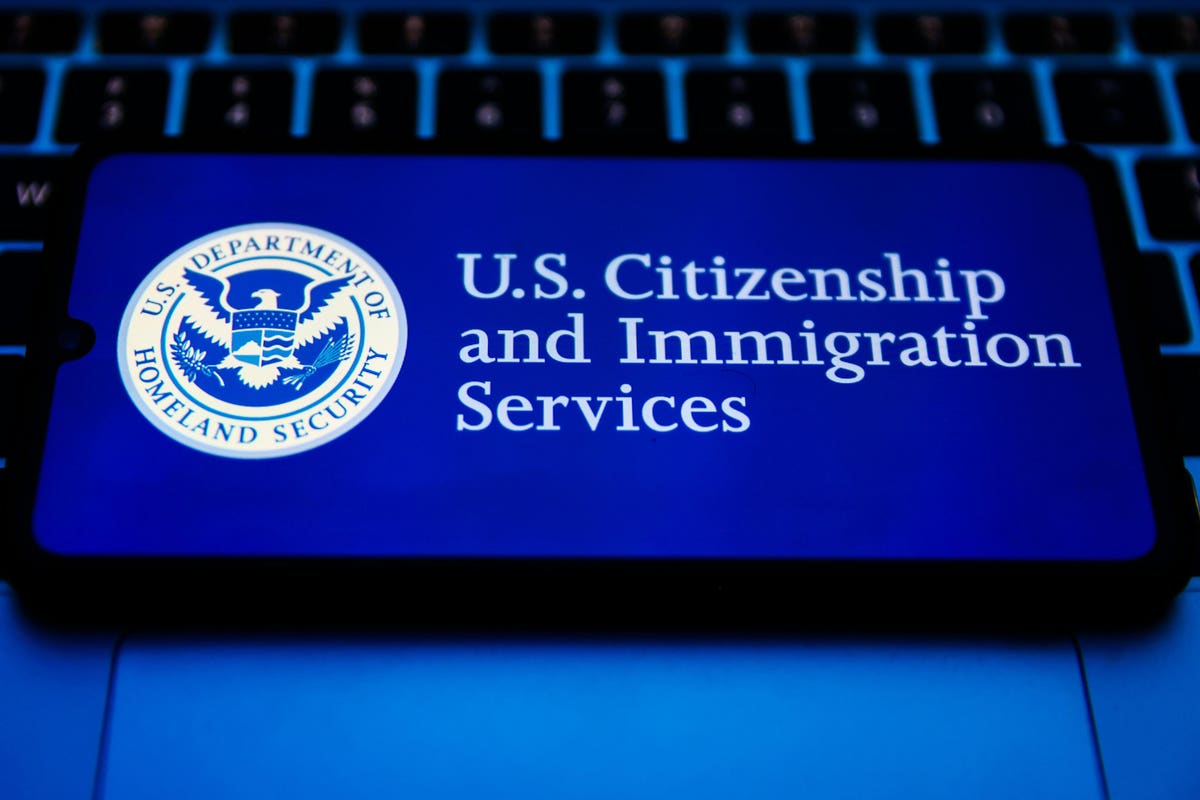“The I-9 requirement is probably the most overlooked form that really small, trying-to-do-it-themselves employers miss,” says Catherine Madeley, a CPA in Austin, Texas. U.S. Citizenship and Immigration Services released a new version of the I-9 on August 1. Temporary rules for remotely verifying employee identities that were implemented during the Covid-19 pandemic ended on July 31. The new form provides for remote examination of an employee’s identity documents for qualified employers. A qualified employer is an employer that is enrolled in the Department of Homeland Security’s E-verify program and is considered in good standing.
The new form allows remote examination of documents as an alternative to physical examination. Employers may still choose to physically examine prospective employees’ identity documents. Employers who choose the remote examination alternative must use it consistently. They either must use remote examination for all employees or for or all remote or hybrid hires. The employer cannot use remote examination as a means to discriminate against employees “based on their citizenship, immigration status, or national origin.” Regardless of how the documents are examined (physically/in person or remotely) employers must retain clear and legible copies of documents used to establish an employee’s identity and work eligibility. The remote examination option also requires live video interaction with the employee.
The new, streamlined form and the remote verification process are part of the USCIS’ effort to reduce administrative compliance burdens for employers “while maintaining the integrity of the verification process” according to a July 2023 article by Forbes Senior Contributor Alonzo Martinez, a lawyer at an employment verification firm. “Which is great! Especially with the explosion of remote work,” says Madeley.
Nevertheless, streamlined compliance processes cannot make small employers aware of the requirement. Most small employers know that employees need to complete a Form W-4 to ensure that they are withholding federal income tax. According to Madeley often, “The I-9 just goes in a file drawer somewhere never to be seen again.” The forms being from different federal agencies (Treasury and DHS
DHS
“You don’t know what you don’t know,” says Madeley. Often, accounting and tax professionals who specialize in small business tax and administrative compliance will be able to remind business owners of the I-9 requirement. Some may even offer consulting services that help the business understand the employment verification rules and get registered with the E-verify system. Nevertheless, it is still the responsibility of the small business owner to verify employee identity for every new hire.
Read the full article here









